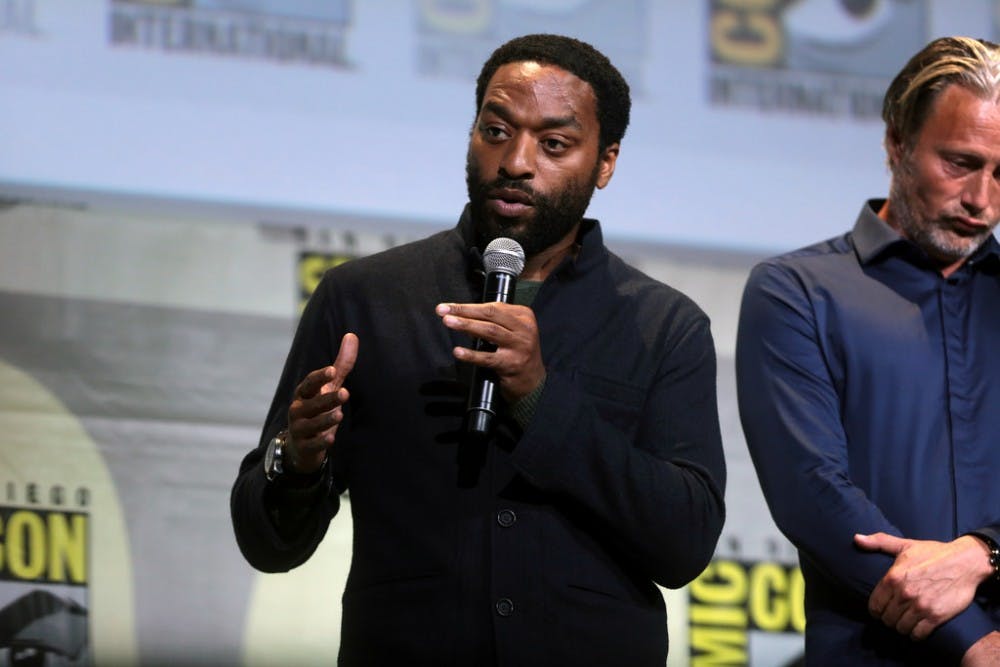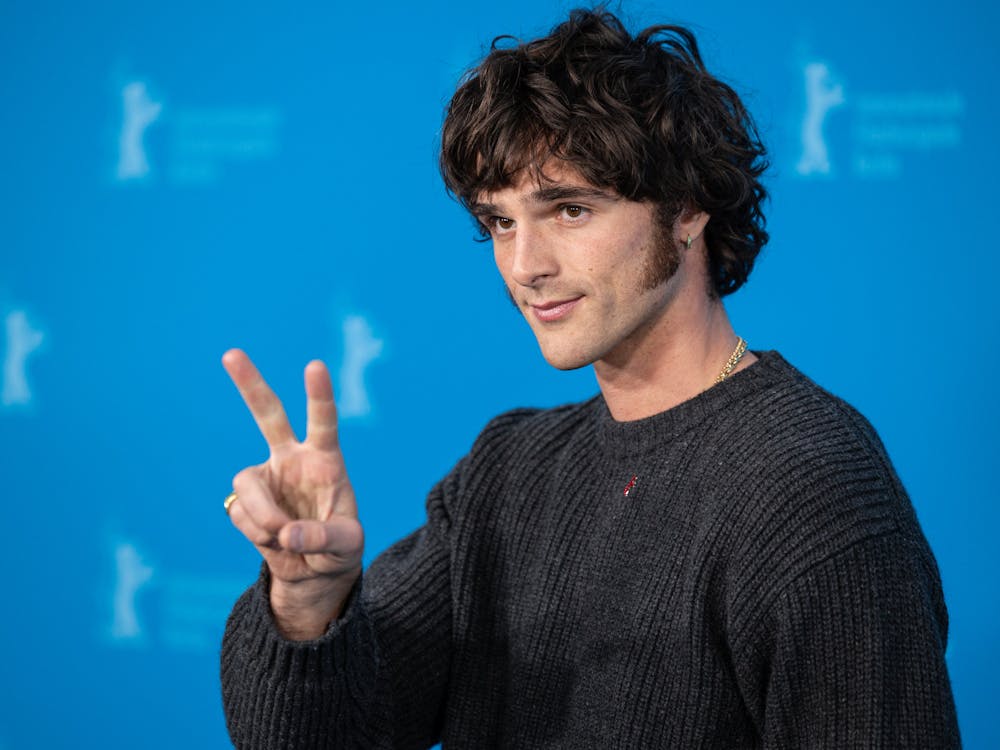The Boy Who Harnessed the Wind, starring Chiwetel Ejiofor, who also directed the film himself, is a story about resilience, family and the power of knowledge. But above anything, it is also a real life story that deserves to be shared with the world. This is exactly the reason Ejiofor, upon reading William Kamkwamba and Bryan Mealer’s novel, immediately decided to claim its film rights, as he explained in an interview on The Daily Show with Trevor Noah.
To give a bit of context, The Boy Who Harnessed the Wind is an autobiographical account of William Kamkwamba, who, as a boy, witnessed the intense flooding and drought cycles that impacted his hometown in Wimbe, Malawi.
Unable to pay for school after his neighborhood was hit with a devastating famine that came as a result of a sudden loss of harvest, he turned to the resources at hand, sometimes sneaking into his school library. It is there that he came across a book titled, Using Energy, which inspired him to create a wind turbine made from a bicycle frame, a pulley, a plastic pipe and a dynamo — an ingenious and resourceful invention that generated enough electricity to light up four bulbs and run two radios for his household. He would eventually go on to create another mill to help irrigate the land, a scene that marks the culmination of the film.
In a 2007 TED Talk conference, William explained how he went about the invention.
“After I dropped out of school, I went to the library, and I read a book... Using Energy, and I got information about doing the mill. And I tried, and I made it,” he said.
As simple as he makes it sound, The Boy Who Harnessed the Wind speaks to far greater struggles that make the windmill all the more symbolic of the immense fortitude a young boy exhibited in the face of intense circumstances in an effort to save his immediate family and community.
In order to deliver the story with the utmost authenticity, director Chiwetel Ejiofor, an English actor of Nigerian descent, took it upon himself to learn Chichewa, a Bantu language that is common to the central and southern regions of Malawi. Ejiofor went on to explain that it was important to incorporate both Chichewa and English in the dialogue, as the alternation between both languages is something natural to the Malawi people in their daily communication. While I am most definitely not in any position to judge how well this film executed authenticity, there is no doubt that genuineness was prioritized when bringing the story to the big screen.
While Ejiofor plays Trywell Kamkwamba, the loving father and dedicated husband to Agnes, played by Senegalese-born, French actress Aïssa Maïga, Maxwell Simba, a 13-year-old Kenyan actor, stars in the film as young William Kamkwamba. Not only is William a student who gets excited at the thought of being able to attend school, but, in the face of family hardship, he is also the compassionate, quick-thinking son who wants to do everything in his power to help. In the midst of scenes detailing political conflict between the town’s chief and the government, we see William quietly searching the village landfill for any recoverable material to fix a radio. Then at dinner time we see him sneaking portions of his meal to feed Khamba, his dog and favorite companion. And once again we are reminded that behind William’s maturity and bravery sits a young individual with an prodigious curiosity for the world.
Trywell Kamkwamba, on the other hand, is a loyal man who cares so much for the land and his family — so much so that his heart breaks at the sight of trees being torn down to supplement the tobacco industry. With the land unable to sustain the immense amounts of rainfall, the town is immediately left with eroding soil and dying crops, a problem that, to this day, affects millions of people across the districts of Malawi. Trywell’s principled rationality makes it difficult for him to look past William’s first little windmill model, which he dismisses as a whimsical, childish contrivance. Although the relationship between William and his father is gradually caught in the entanglement of such strained tensions, it is also mended on the grounds of faith. Trywell’s wish to protect his family is equally weighted against young William’s persistent determination to find a feasible solution to recover the land that his fellow community members entrust their lives with.
Near the end of the film, we see William climbing up the windmill with his mother and father watching him, and, when he reaches the top, he stares out into the distance in a beautiful shot, one that epitomizes the boy who, indeed, harnessed the wind.





